![]() Bridle Trails
Family Dentistry - (425) 881-9333
Bridle Trails
Family Dentistry - (425) 881-9333
![]() Spring District
Family Dentistry - (425) 454-4298
Spring District
Family Dentistry - (425) 454-4298
![]() Bridle Trails
Family Dentistry - (425) 881-9333
Bridle Trails
Family Dentistry - (425) 881-9333
![]() Spring District
Family Dentistry - (425) 454-4298
Spring District
Family Dentistry - (425) 454-4298
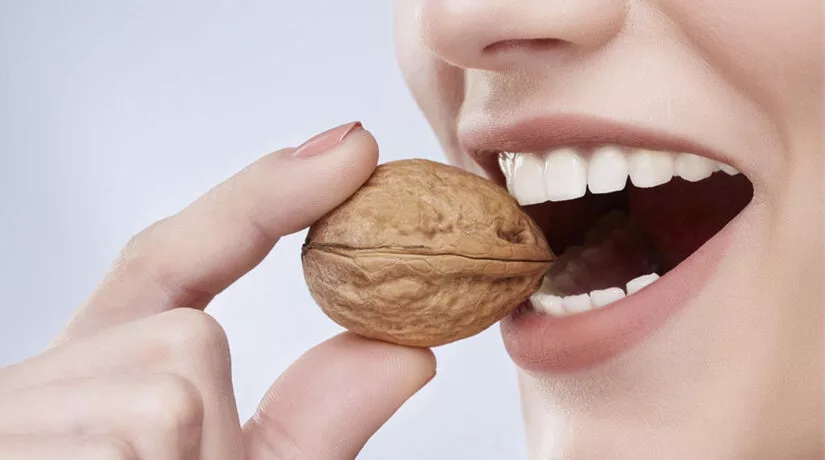
Enamel, which covers your teeth and is the hardest substance in your body, has its limits. If you chew on hard candy, ice, bite down hard, receive a blow to your face, or grind your teeth in your sleep, your teeth can chip or crack. Poor hygiene and cavities can also weaken your teeth and make them more susceptible to being chipped or cracked. You may not even feel any tooth pain when you chip a tooth unless it’s large enough to expose the inner layer of your tooth. A cracked tooth might only affect the enamel, and it would not feel pain unless you bite down hard or when the temperature in your mouth changes.
Many times you won’t be able to see a crack with the naked eye. This is why it’s so important to schedule regular appointments with our doctors, because we will be able to find problems before they become painful.
Types Of Broken Teeth That Need Fixing?
How To Prevent Cracked or Chipped Teeth
It is difficult to completely prevent chipped or cracked teeth because almost everyone ends up with it eventually. Here are a few ideas that our doctors suggest to prevent unnecessary damage:
If you would like a closer examination of your teeth, give us a call to schedule a consultation.
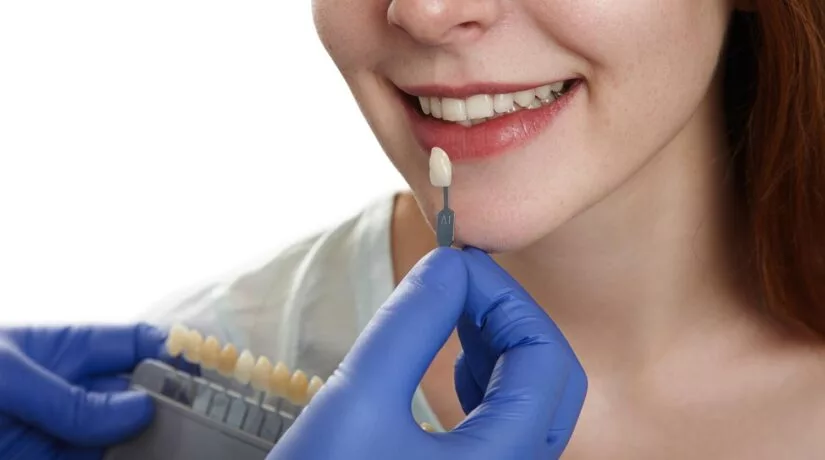
What Is Internal Bleaching?
An infection of the dental pulp can give the tooth a darkened, discolored appearance on the outside. Regular whitening procedures cannot treat this kind of discoloration, which is why we offer internal bleaching, a method of whitening a tooth from the inside out. After a root canal is performed to remove the infected pulp, a safe sodium perborate paste is placed inside the tooth to break down stains from previous decay and give the tooth a whiter color.
How Is Internal Bleaching Different Than Other Teeth Whitening Treatments?
As the name suggests, internal bleaching is for the inside of the tooth. Normal whitening options, such as toothpaste, rinses, and whitening gels only affect the outside of the tooth. Internal bleaching can improve your oral health and restore that bright, happy smile!
Come To Us With Your Internal Bleaching Questions
If you have a problem tooth that doesn’t match the rest of your smile, internal bleaching could be the solution for you.
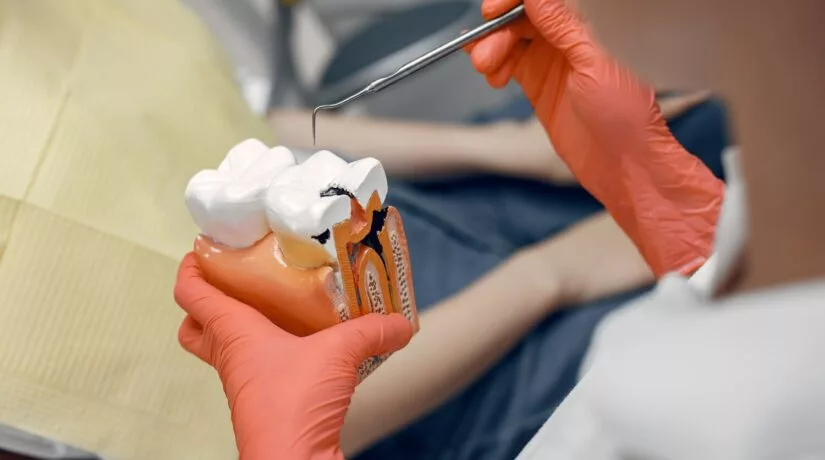
What Is A Post And Core?
If a large enough portion of a tooth is missing, whether because of a cavity, the loss of a filling, or the access cavity from root canal work, a restorative dentist can’t simply place a crown on the tooth, because it won’t be stable enough. This is where a core comes in, replacing the missing tooth structure and providing support for the new crown. Sometimes the core is enough, but if not, a post may be added to anchor the core to the tooth.
Material Matters With Core And Post Treatment
The materials the core and particularly the post are made to have a major impact on whether or not the tooth will remain stable. Clinical evidence shows that metal posts don’t do much to stabilize the tooth and may lead to fractures, whereas complications from fiber-reinforced posts are rare because the material distributes the stress to the surrounding tissues in a similar way to natural dentin.
Where To Get Posts And Cores In Kirkland, Washington
For reliable post and core treatment that will keep your tooth in good shape, there’s no place better than ours!
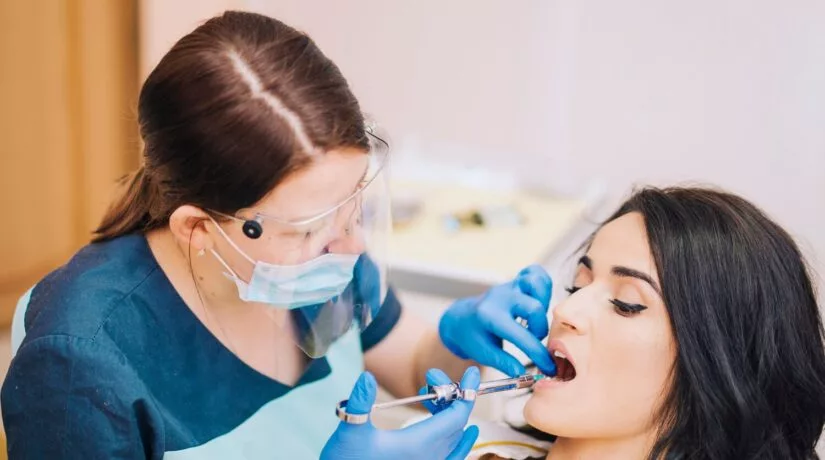
The Ultimate Goal Of Regenerative Endodontics
What Is Pulp Regeneration?
In the past, once the pulp of a tooth became diseased, there were few options other than root canal treatment, which leaves the tooth in place but with no living tissue inside. Pulp regeneration seeks to help the dental pulp heal and regenerate from an infection, restoring the tooth to a healthy condition.
How Does Pulp Regeneration Treatment Work?
In pulp regeneration treatment, our doctors use tooth regeneration scaffolding (which may be made of collagen, fibrin, or man-made polymers, as well as stem cells derived from the patient’s pulp or bone marrow) to encourage the damaged tooth to repair itself. The controlled delivery of antibiotics eliminates the infection and growth factors stimulate pulp regeneration. In a successful procedure, a root canal will no longer be necessary.
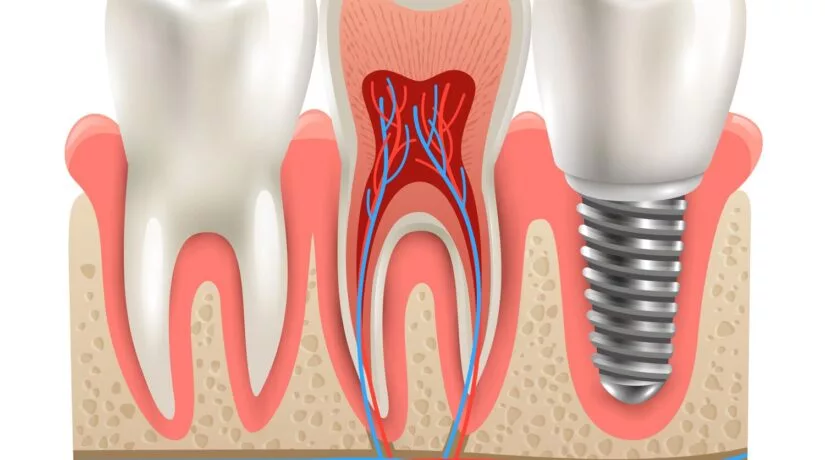
What Is Root Canal Therapy And Who Should Get It?
Root canal therapy (a root canal) is a common procedure. A root canal can restore an infected tooth to its natural function and appearance. Contrary to popular belief, it’s typically no more painful than filling a cavity.
Our doctors would suggest a root canal treatment if your cavity is deep enough to become infected and spread to the nerves in the root of your tooth. Left untreated, a cavity this deep can become an abscess and may even lead to bone loss in your jaw as well as other health problems. Our doctors may also recommend a root canal for cracked or damaged teeth (where your tooth’s nerves are exposed).
How We Can Help: A Root Canal Can Keep You Healthy
When our doctors perform a root canal, they will clear your tooth’s canals of bacteria and infected tissue and then dry and seal them. Often, a crown is placed over your tooth for further protection. This can prevent infections from spreading to other areas and can help keep you and your smile healthy.
Root canal therapy is one of the most common dental procedures. Nearly 16 million root canals are performed in the United States alone each year. Don’t let root canal hearsay frighten you. Today, with safe and effective anesthesia, precise tools, and incredible imaging technology, a root canal doesn’t have to be painful — in fact, it relieves pain.
Save Your Tooth With Root Canal Therapy
We’re extremely experienced in root canal therapy. Please, if you have any questions or concerns, don’t hesitate to ask us. Don’t let fear or anxiety keep you from receiving treatment. Your best oral and overall health may depend on it.